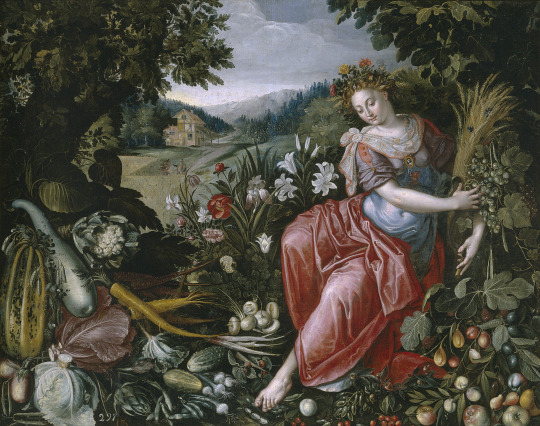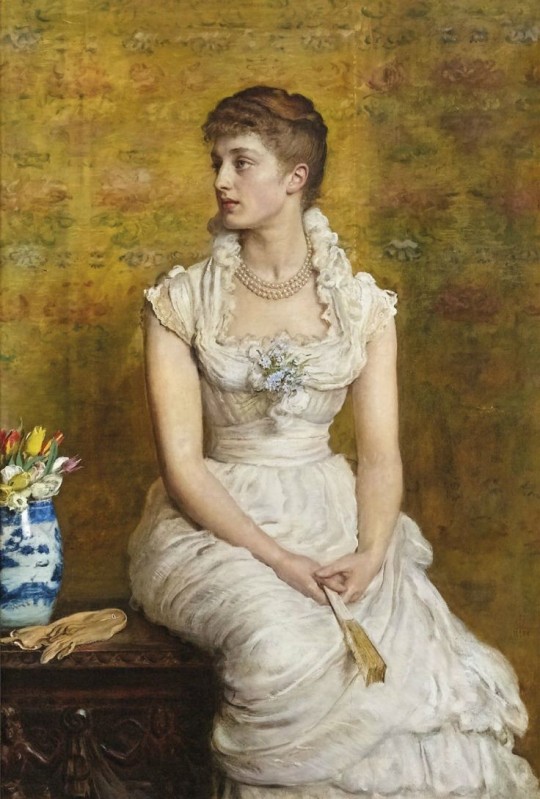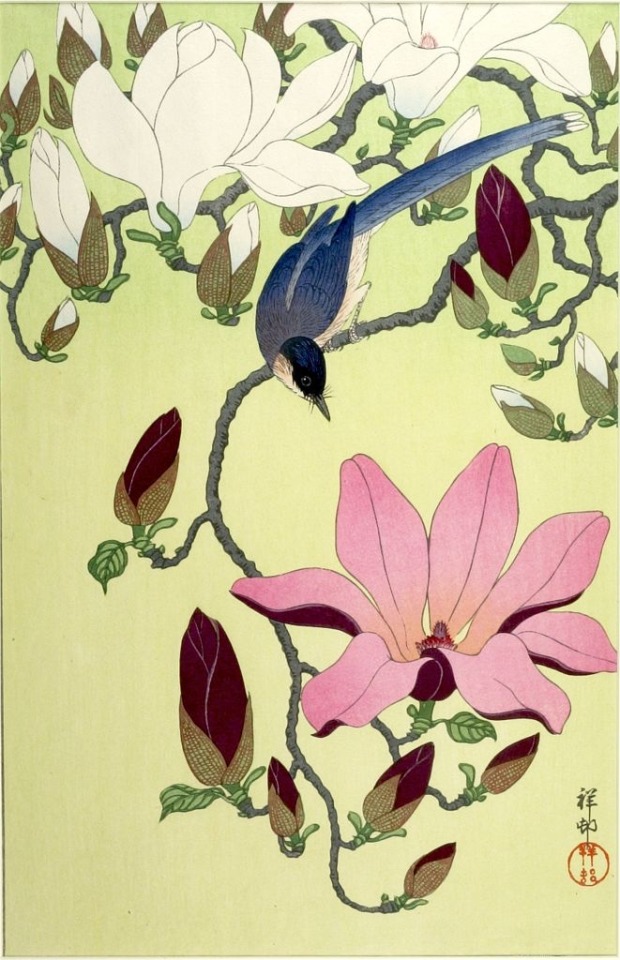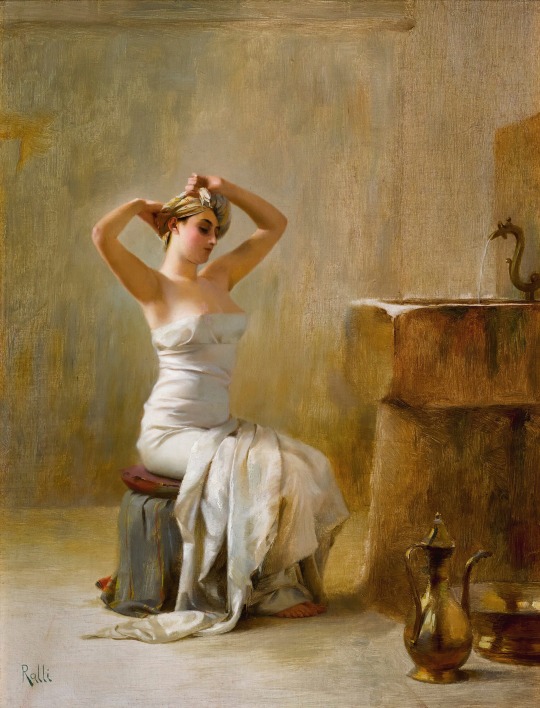#Art history
Text


Brooch
Marcus & Co. (New York City, New York)
c.1900
This exquisite brooch is one of the few extant examples of plique-à-jour jewelry made by the New York firm of Marcus & Co., whose reputation at its prime rivaled that of Tiffany & Co. Herman Marcus (1828–99), a German–born and Dresden–trained jeweler, arrived in New York in 1850 and worked for a number of prestigious firms before establishing Marcus & Co. in 1892. Following his death, the company continued under the direction of his two sons, George Elder Marcus and William Marcus.
The brooch is a superb example of Marcus & Co.’s work in plique-à-jour enameling, in which the "cells" of color have no backing, allowing light to shine through the transparent enamel, thereby creating the effect of stained glass. One of the only jewelry firms of its day to succeed at this challenging technique, Marcus & Co. followed the lead of such innovative French designers as René Lalique. The sensitive 3-dimensional sculpting of the sweet pea blossoms and leaves, as well as the naturalistic coloring of the enamels, reflects the Art Nouveau aesthetic that prevailed at the turn of the century. Indeed, close parallels can be drawn with the brilliant naturalistic work of Louis Comfort Tiffany, whose oeuvre is so well represented in the Met’s collection.
The MET (Accession Number: Accession Number: 2016.107)
#brooch#jewelry#art nouveau#art history#1900s#turn of the century#fashion history#historical fashion#marcus and co#united states#floral#green#pink#enamel#pearl#diamond#gold#the met#images are pretty big HIGHLY recommend opening in a new tab
492 notes
·
View notes
Text

Imao Keinen
Crow and Cherry Blossoms
ca. 1930s
#Imao Keinen#japanese prints#japanese artist#japanese art#woodcut#woodblock print#crow#birds#bird art#beautiful birds#animals in art#wildlife#wild birds#asian art#animal art#vintage animals#art history#aesthetictumblr#tumblraesthetic#tumblrpic#tumblrpictures#tumblr art#aesthetic#beauty
267 notes
·
View notes
Text

The Earth, Maerten de Vos (1532-1603)
#Earth Day#art#art history#Maerten de Vos#allegory#allegorical art#Baroque#Baroque art#Flemish Baroque#Flemish art#16th century art#oil on canvas#Prado#Prado Museum#Museo del Prado
317 notes
·
View notes
Text
In art, the hand can never execute anything higher than the heart can imagine.
#art#nail art#my art#my art <3#my art stuff#m art#digital art#art nude#art history#art tag#art wip#art commisions
147 notes
·
View notes
Text

‘Bilitis’ by Lucien Lévy-Dhurmer, c. 1900.
#Lucien Lévy-Dhurmer#vintage art#classic art#art#art history#old art#art details#vintage#painting#moody art#nude art
145 notes
·
View notes
Text

Ewa Juszkiewicz’s Reimagined Historical Portraits of Women Scrutinize the Nature of Concealment
86 notes
·
View notes
Text

-Trees and Undergrowth-
107 notes
·
View notes
Text

-The Giant Antaeus-
107 notes
·
View notes
Text


My Rococo Mirror for TS4 has been released download @ Regal Sims or at Curse Forge
#regalsims#ts4 cc#ts4cc#ts4 custom content#ts4 history cc#ts4 historical#ts4 1700s#ts4 rococo#ts4 baroque#ts4 regency#ts4 royalty#ts4 royal family#ts4 simblr#ts4 18th century#rococo#baroque#regal sims#wall art#art history#artists on tumblr#artwork#art#my art#historical#history#architecture#16th century#ts4 17th century#17th century#1700s
71 notes
·
View notes
Text

John Everett Millais (British, 1829-1896) • Portrait of Lady Campbell, née Nina Lehmann • 1884
#art#painting#fine art#art history#john everett millais#british artist#19th century british art#portrait#society portrait#female portrait#artwork#oil painting#la robe blanche art blog#the white dress#women in white#art blogs on tumblr
73 notes
·
View notes
Text

Bodice Ornament & Hair Comb
René Lalique
1903-1904
The Art Nouveau style caused a dramatic shift in jewellery design, reaching a peak around 1900 when it triumphed at the Paris International Exhibition.
Its followers created sinuous, organic pieces whose undercurrents of eroticism and death were a world away from the floral motifs of earlier generations. Art Nouveau jewellers like René Lalique also distanced themselves from conventional precious stones and put greater emphasis on the subtle effects of materials such as glass, horn and enamel.
René Lalique, 'the admitted king of Paris fashions', chose his materials for aesthetic effect and artistic refinement, not for mere preciousness or brilliance. Credited with introducing horn into the jewellery repertoire, he dazzled the public with a collection of ornamental combs made of horn. They were moulded and sculpted in the shape of flowers, waves and butterflies.
Victoria & Albert Museum (M.116A-1966 & M.116A-1966)
#art nouveau#historical fashion#fashion history#art history#rene lalique#1900s#brooch#comb#belle epoque#1903#1904#france#20th century#turn of the century#glass#enamel#gold#opal#jewelry#v and a
350 notes
·
View notes
Text

Ohara Koson
Magpie with Pink and White Magnolia Blossoms
Shôwa period, circa 1931
#ohara koson#japanese prints#japanese artist#japanese art#woodcut#woodblock print#asian art#birds#bird art#beautiful birds#wild birds#wildlife#magnolia#magpie#art history#aesthetictumblr#tumblraesthetic#tumblrpic#tumblrpictures#tumblr art#aesthetic#beauty
226 notes
·
View notes
Text
François-Joseph Navez - Deux italiennes

#traditional art#art history#traditional painting#oil painting#classical art#classic art#19th century art#art#art details#art detail#François-Joseph Navez#arte#contemporary art#20th century art#academic art#fine art#modern art#drawing#artwork#italian art#women#woman
69 notes
·
View notes
Text

After The Bath
Theodoros Ralli
165 notes
·
View notes
Text

-Galatea-
66 notes
·
View notes
Text

Victoria, Princess Royal. Unknown artist. 1856.
#aesthetic#art#art history#historical fashion#fashion#historical art#women in art#women#victorian#victorian aesthetic#royals#royal aesthetic#victoria princess royal#Victorian era#Victorian fashion#british royals#British royal family#floral aesthetic#flowers#flower aesthetic#1850s gowns#1850s dress#1850s#1850s fashion
95 notes
·
View notes